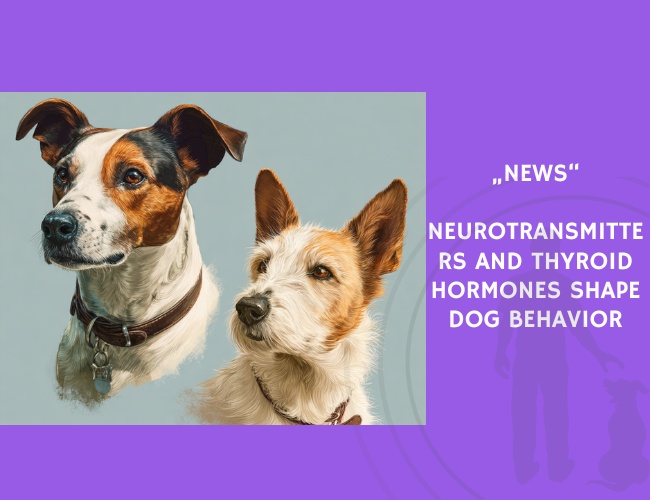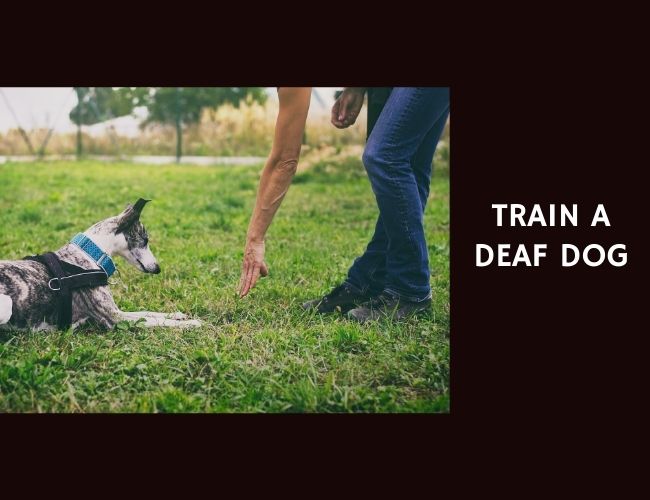The domestic dog (Canis familiaris) is an ideal model for studying how selection processes shape temperament and motivation in companion animals. Breed standards often describe typical behavior, yet these assessments can be subjective. Measuring hormonal and neurotransmitter levels provides a more objective perspective.
In this 2023 study, R. Cocco, F. Arfuso, C. Giannetto, G. Piccione, A. Cesarani, G. Pulina, and S. Sechi analyzed 112 dogs from diverse breeds, including Boxer, Cirneco dell’Etna, Fonni’s Dog, Labrador, German Shepherd, Pit Bull, Shar-Pei, and Yorkshire. Researchers measured serotonin, dopamine, norepinephrine, prolactin, beta-endorphins, thyroxine (T4), triiodothyronine (T3), and thyroid-stimulating hormone (TSH) levels to explore their role in behavioral expression.
Key findings showed that serotonin and dopamine deficiencies were widespread, with values below physiological limits in 62% and 70% of dogs, respectively. Thyroid hormone imbalances were also common, with many dogs showing abnormal T3 and T4 levels. In contrast, norepinephrine and prolactin were largely within reference ranges. Notably, nearly half of the dogs had elevated beta-endorphins, which may influence stress coping and arousal.
The study highlights how hormonal and neurotransmitter assessments can reveal abnormal behaviors not easily detected through ethograms alone. This biochemical approach offers valuable tools for breeders, trainers, and veterinarians in selecting dogs for specific tasks, managing behavior problems, and improving welfare.
Overall, the results underscore that a dog’s behavioral phenotype reflects a dynamic interplay between neurotransmitter activity and endocrine function, deepening our understanding of canine temperament and individual differences.
Source: Cocco, R., Arfuso, F., Giannetto, C., Piccione, G., Cesarani, A., Pulina, G., & Sechi, S. (2023). A Preliminary Study on the Interplay between the Serum Levels of Neurotransmitters and Thyroid Hormones for the Evaluation of the Behavioral Phenotype of Dogs. Animals, 13. Authors: R. Cocco et al. Publication Date: 2023-01-26. Journal: Animals.










